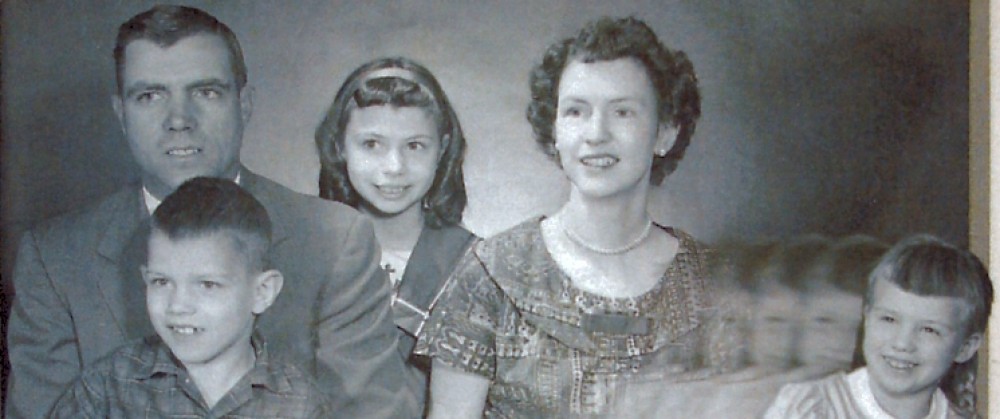Norm Ledgin realized there were achievers besides Thomas Jefferson in history with wom to match modern diagnostic criteria for Asperger’s Syndrome. That led to his lecturng on the subject of role models and eventually writing Asperger’s and Self-Esteem. He researched biographies of famous geniuses to find that Asperger’s often contributed to their success.
Although no two people with Asperger’s are exactly alike, Ledgin benefited from his son Fred. He saw firsthand “literalness, routinization, perhaps too strict an adherence to rules, a surprising use of advanced logic, a dogged pursuit of details, a hammering away at fixations, and a few uncommon perspectives of humor.” (Asperger’s and Self-Esteem, Future Horizons, 35)
In this book, Ledgin included: Albert Einstein, Chaarles Darwin, Orson Welles,, scar Levant, Marie Curie and Paul Robeson. To this distinguished list, he also added Gregor Mendel, Bela Bartok, Carl Sagan, Glenn Gould, John Hartford, and Wolfgang Amadeus Mozart.
Diane Kennedy, an author and advocate for people with Asperger’s Syndrome writes: “They are our visionaries, scientists, diplomats, inventors, artists, writers and musicians. They are the original thinkers and a driving force in our culture.”
However, there are disadvantages to having Asperger’s. Kids with this condition don’t pick up on common social cues. They don’t recognize a lot of body language or facial expressions. “People with Asperger’s or autism lack the feelings of empathy that naturally guide most people in their interactions with others.” (John Elder Robison, look me in the eye, p. 11)
David Finch in The Journal of Best Practices said, “It’s like engaging the social world without any money or pants on; it can be done, but you’re bound to have problems.”
David Finch has a measurable deficiency in empathy. Nineteen percent according to his Empathy Quotient: An Investigation of Adults with Asperger’s by Simon Baron-Cohen and Sally Wheelright of the Autism Research Centre at the University of Cambridge.
Most with Asperger’s lack eye contact. Thomas Field-Meyer, parent of a child with Asperger’s asked
Tito Mukhopadyad, famous for his poetry about living with autism, about eye contact. Tito said his brain is incapable of using more than one sense at once. “I can either see or hear,” he writes. “I cannot do both at once.” (Following Ezra)
Now many adults are being diagnosed with Asperger’s. Scotty, diagnosed with Asperger’s at twenty-four, says: What do Batman, umbrellas, Marilyn Monroe and retired pharmaceuticals of the 1950’s have i common? I have been obsessed with all of them over the years.
People with Asperger’s need to know about topics that grab their attention.
